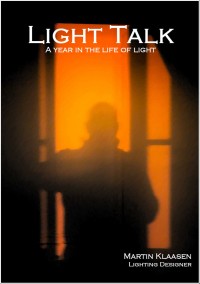Visual adaptation
Australia, 8th January 2010
Haven’t we all experienced this slight moment of hesitation when stepping out of a building into bright daylight when we have to adapt our sight to be able to see properly? I am in the middle of the Australian summer and most of the time I am stepping out into thousands of lux, while inside I only have a few hundred. Therefore when I step out I often need a little moment of adaptation to the brightness levels.
We encounter this in many situations where there is interaction between bright daylight and artificial lighting. We all know the bright airplane window. It is for a reason that lights in the plane have been located in niches in and above the windows…yes to reduce the brightness contrast…and visual adaptation when looking around.
As lighting designers we need to constantly be alert for transition zones where people move from dark to bright or vice versa. Building entrances are examples of such areas and I am time and again surprised to see how badly this lighting design issue is resolved. Even interior areas have transition zones between spaces with high lighting levels and spaces with low lighting levels. In urban environments we encounter the same. Tunnel entrances and exits are a well known example. Or steps with little or no illumination. In addition there is the “dark alley” syndrome which can be a further cause to fear for one’s safety.
With the general public becoming more and more aware of their rights, public liability has become an increasingly important issue for governments, city councils and property owners. As lighting designers we can certainly contribute and educate about these potential dangers when the eye has to adapt suddenly to changed visual conditions.

 The long awaited book compilation of Martin's first year of blogging is available. Order now.
The long awaited book compilation of Martin's first year of blogging is available. Order now. Feedspot Top 100 Lighting Blogs
Feedspot Top 100 Lighting Blogs